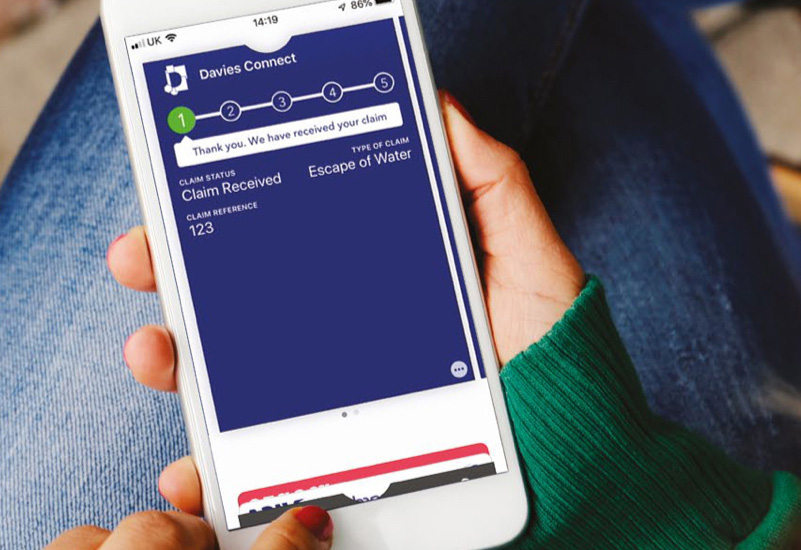Why are catastrophe (CAT) teams an identity and access risk?
August 17th 2021
-
March 8th 2022
Today’s Advancing Home Inspection Technology
If you’re looking for a true indication of what’s happening with today’s housing…
-
June 7th 2022
Why Require an Insurance Inspection?
As an insurance underwriter, an important factor in your decision-making regarding whether or…
-
February 5th 2025
2024 CAT Season Recap: A Year of Unprecedented Storms & Lessons Learned
The 2024 Atlantic hurricane season will be remembered as one of the most…


